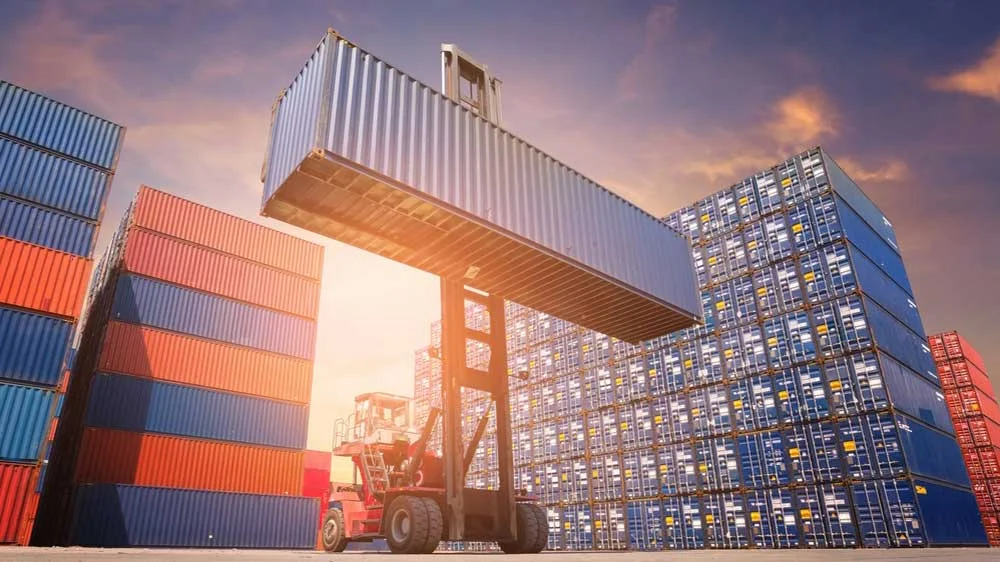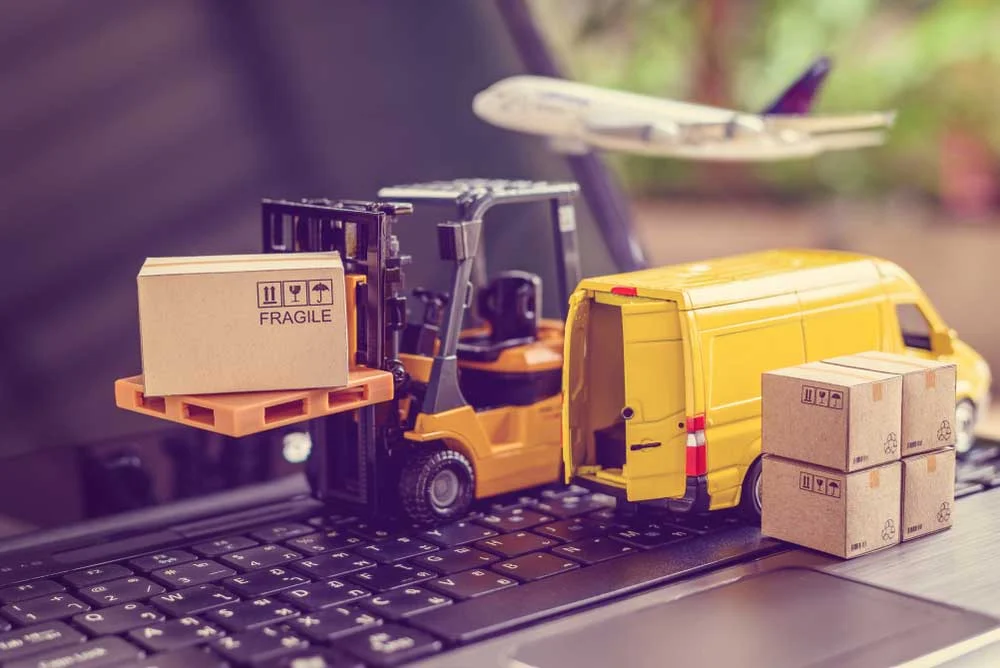 info@winteam.co.in
info@winteam.co.in +91 9960 1452 96
+91 9960 1452 96 +91 022 6741 1330 / 32 / 33
+91 022 6741 1330 / 32 / 33
 info@winteam.co.in
info@winteam.co.in +91 9960 1452 96
+91 9960 1452 96 +91 022 6741 1330 / 32 / 33
+91 022 6741 1330 / 32 / 33



Group of our expert professional team ensures the perfect planning and execution of LCL consolidation supported by our experienced operation team that handles the movement of LCL cargoes, stacking, loading and unloading, in and out of warehouse, container stuffing and destuffing, carefully securing the passage and smooth transportation.

LCL consolidation allows you to combine your cargo with that of other shippers and consignees into a larger groupage. Your cargo is then tendered to the carrier as a single large movement, rather than numerous small shipments. This allows for several benefits, such as the economics of larger scale shipments.
(please check container specification details on our website for more details).
Since we are in constant communication with air and ocean carriers, we collect information on all inbound and outbound shipments, allowing us to keep our clients and business partners informed of any changes in shipment status. This means better control and reduction in auxiliary charges and extra costs. Since we have regularly scheduled consolidations, smaller shippers or consignees can enjoy the regularly scheduled service that larger importers and exporters enjoy.
We make all arrangements for combining of goods at origin, and separation of cargo at destination. This means that you can enjoy the economic benefits of consolidated shipment, without the concerns of separating your merchandise at destination.
Importer prepares necessary documents, including: COO documentation from FTA Countries (if applicable) -Collecting shipping documents from banks (if applicable) - Apply import permit from PIAs if applicable.
PIA approve Import Permit (if applicable) Note: Total no of agencies: 25 Live implementation: 19 Paperless: 16 Coming on board: 4 – under development (1 peninsular, 3 Sarawak) 2 – Awaiting instruction from MOF.
Importer instructs forwarding agent to clear cargo (together with supporting documents such as bill of lading, permit, invoice & packing list) FA perform Document preparation if instructed by Importer.
Shipping agents send manifest (Ocean BL) to Customs and Port Operator within 24 hours of arrival of vessel, in accordance with Section 52, Customs Act. In practice, they are allowed to submit much earlier. Shipping agents submit Discharge List to port operator, 6 hours prior to vessel arrival.
Freight Forwarders send manifest (House BL) to Customs and Port Operator after Ocean BL had been submitted by Shipping Agent. - Freight forwarders issuing in house manifest within 24 hours. Main Freight Forwarder submits Ocean BL to Shipping Agent to exchange for Delivery Order. Main Freight Forwarder informs CFS/Warehouse operator on break-bulking through Delivery Order. Individual Freight Forwarder or Forwarding Agent submits House BL to Main Freight Forwarder to exchange for Integrated Import Document.
CFS/Warehouse Operator receives instruction from Freight Forwarder on break-bulking.
Freight Forwarder or CFS/Warehouse Operator declares form ZB1 to Free Zone Authority.
CFS/Warehouse Operator submits request for drayage to Port Operator.
Port Operator approves application for drayage and makes arrangement to move container to relevant warehouse.
CFS/Warehouse Operator carries out unstuffing of container and break-bulking of cargo.
Customs computer system (SMK) automatically processes & registers K1 and sends response back to forwarding agent with registration number.
Risk assessment on K1 done by Customs Verification Initiative (CVI) Unit at Customs Headquarter to identify high risk consignments.
2 Forwarding agent informs OGA of the arrival of cargo & submits the relevant permit to OGA. Physical inspection if applicable will be done at the relevant warehouse.
If no physical inspection, OGA will grant approval in SMK.
Customs receives Form K1 and supporting documents for Customs clearance. a) Basic supporting documents : invoice, packing list and IID. b) Other supporting documents such as permit, Certificate of Origin, CJ5/CJ5A depending on transaction type. (Applicable to parallel transactions only – not applicable in Paperless).
For those consignments claiming Treasury/LMW exemption, K1 and supporting documents have to be submitted to Import Branch, North Port for the verification of exemption.
Assessment of goods by Senior Customs Officer to determine duties/taxes payable which includes the following processes : a) Verification of particulars declared against supporting documents; b) Instruction for physical inspection if necessary; c) Classification/Valuation; d) Approval/Release.
Physical / CVI inspection involves the following processes : a) Preparation for inspection such as submitting IID to warehouse operator and engaging “carpenter” to open packages. b)Actual physical /CVI inspection * CVI if applicable.
Forwarding agent pays import duty on behalf of Importer via: a) Electronic Fund Transfer (which is only available during banking hours); b)Duty Net (24 x 7, through CIMB); c)Financial Service Payment Gateway; or c) Manual (through cheque or bank draft).
Customs receipts the K1 and Senior Customs officer signs off the K1 form to authorize release of cargo. (Applicable for parallel transactions) If paperless transaction: a) Auto-release after payment of duty/tax; b) Printing of Customs Official Receipt (COR).
Forwarding Agent pays port charges to CFS/Warehouse Operator.
Forwarding Agent contacts transport company and arranges for transport. Upon confirmation, documents such as Delivery Order (prepared by FA), IID and processed K1 will be passed to the transport company. Lorry will be sent to pick up the cargo.
CFS/Warehouse operator verifies IID/processed K1 submitted by lorry driver and after tallying proceed to load cargo onto the lorry.
After loading, IID/Gate Pass will be endorsed by CFS/ Warehouse operator and given to lorry driver/Forwarding Agent for gate release.
Lorry driver delivers cargo to importer.
CFS/Warehouse Operator informs Shipping Agent to return empty container to pre-designated depot.
LCL shipping means a process where the exporters mutually share the container space when the package size is significantly less than the maximum load a container can carry. It is a win-win situation, both for the shipping company as well as the exporters. The shipping company recovers the cost of the container while sharing the box makes transportation inexpensive for the exporters.
Not only is this a great way to save up on transport costs, but it also makes for a much more eco-friendly, responsible, and sustainable global shipping practices.
Trivia: Another name for LCL shipments is "groupage shipments"- as they are formed by grouping smaller, individual packages together.
Once you opt for an LCL shipment you opt for a door to door service, the procedure is quite simple and effective. Here is a step by step guide to get your goods shipped to your customers through LCL shipping.
Since shipment companies play a pivotal role in getting your product delivered flawlessly to your customers, choosing the right shipping partner is an extremely crucial part of the process.
Once you contact the shipping company for your transportation needs, they will enquire about all the details of your shipment. You’ll have to provide them with information about the delivery location, dimensions of your consignment as well as the time at which they can collect the product from you. They process all of this information and ascertain what other packages can your shipment be grouped with, and the ship that can be assigned to deliver your cargo.
Once your package reaches the shipping company's warehouse, preferably near a port. It is clubbed with other smaller packages which are to be delivered along the same trade route and then moved into a shipping container. This process is often known as 'Container Stuffing'. This container is then lifted off and put on a ship, which sets sail to deliver the goods to the desired location.
Once the ship arrives at its destination, the container is taken off and transported into a warehouse for segregation purposes. Once the ungrouping is completed, the shipping company delivers the products to your customers at their doorsteps.
Since the shipping process consists of multiple stages, each stage contributes a fair bit to the overall LCL shipping cost. Contrary to popular opinion, the actual shipping of the cargo incurs lesser cost than the grouping and ungrouping of the packages at the warehouses. This is because there is a fair bit of manpower and infrastructure involved in the process.
LCL shipping charges are generally computed based on the dimensions of the package i.e. the length, width. The standard unit for LCL shipping charges is USD per CBM (cubic meters). However, if the weight of the package exceeds 1000 kgs (1 ton), then the costs are levied based on the weight. The chances of this happening with LCL packages are rare since LCL shipping is recommended for smaller load size.
